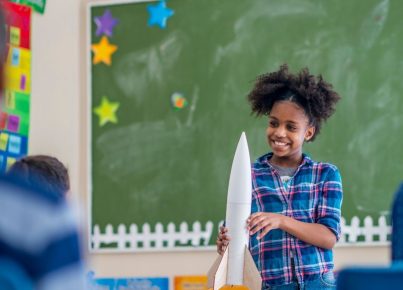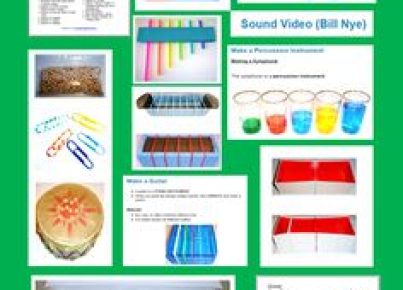Introduction:
Teaching and learning have always been an integral part of human existence. As educators, it’s our responsibility to continually adapt our methods and techniques to better engage with students in the fast-paced, modern world. With easy access to information, articles afford learners one of the most versatile means to grasp knowledge as they can keep up with contemporary trends while honing their skills in a range of topics. In this article, we will delve into the benefits of using articles in teaching and learning and share some tips for effectively leveraging these resources.
Benefits of Using Articles in Teaching and Learning:
1. Relevance and Currency: Articles bring real-world situations into the classroom, allowing teachers to create a bridge between theory and practice. Students gain practical insights into how concepts they learn in class apply to the world around them.
2. Develops Critical Thinking: By presenting differing viewpoints from various experts, articles encourage learners to think analytically, question established norms, and develop a well-rounded understanding of issues.
3. Enhances Reading Comprehension: Regular reading of articles helps improve vocabulary, grammar, and sentence structure, leading to improved writing abilities for students.
4. Fosters Independent Learning: Articles encourage learners to take charge of their education by seeking out additional resources to explore topics more comprehensively.
5. Cross-disciplinary Connections: Articles often draw links across multiple subjects, helping students appreciate interdisciplinary thinking and develop a broader understanding of how various disciplines integrate with one another.
Tips for Incorporating Articles into Teaching and Learning:
1. Selection: Choose articles from reputable sources that align with your curriculum objectives. Ensure they are age-appropriate, engaging, intellectually stimulating, updateable research-based or tried principles.
2. Prep Work: Take time to read the article thoroughly before introducing it to your students. Be prepared to answer questions or initiate discussions based on its content.
3. Thought-Provoking Questions: Encourage learners to engage with the material and form their views by posing open-ended questions that prompt critical thinking and deeper understanding.
4. Discussions and Debates: Foster an environment of healthy discussions or debates around articles’ ideas, enabling students to listen to others’ perspectives, express their thoughts, and refine their opinions.
5. Hands-on Activities: Where possible, design hands-on activities related to the articles to encourage active learning and application of concepts covered.
6. Evaluative Assessment: Use article-based essay assignments or quizzes to assess learners’ comprehension and understanding of the topic.
Conclusion:
Incorporating articles into teaching and learning not only injects real-world issues into the classroom but also equips students with the necessary critical thinking skills for academic and personal growth. Be deliberate in your choice of articles, foster an environment conducive for open discussions, encourage independent learning, and make use of relevant hands-on activities to reinforce concepts. By implementing these strategies, educators can significantly transform the teaching and learning experience using articles as a powerful resource.





